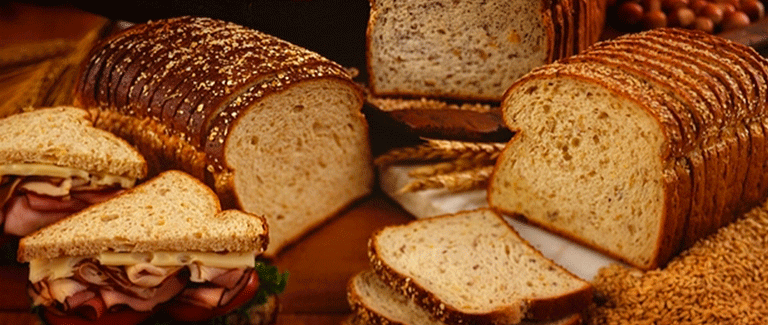Food Industry
Ingredients Colours - Artificial & Natural Blends , Bases & Batch packs Others
Acids - Fruitaric Acid
We particularly recommend trials with Fruitaric for partial and total replacement of citric acid. The strong flavour enhancement properties of Fruitaric mean that you can reduce overall product costs (while enhancing quality) by:
- Reduction in sugar use(sweeteners function much better with fruitaric than with citric)
- Reduction in flavour dosage(the enhancement of flavours provided by fruitaric means that one can usually reduce flavour use by 5-30%)
While fruitaric may seem "expensive" at twice the price of citric per kilogram, it is actually cheaper to use due to its stronger acidity (20-30% less dosage) and its ability to reduce more expensive ingredients such as sugar and flavours.
Which food acid should I use?
You may be surprised to find out that citric acid is not all that common in fruits. Therefore, it is common sense that using citric with all fruit and fruit-like flavours is not the way to get the best end flavour. Fruits tend to have a mix of acids, which gives a more interesting profile to their tastes.
It is readily understandable then that citric is not the best taste-option with most fruity flavours, and why multiple acids are the better quality option.
But there are also other important reasons that citric is not the best option. When formulating a food or beverage product, critical factors usually include:
- Taste profile: how does the acidulant affect the overall flavour profile, i.e. with flavours, sweeteners, and other ingredients?
- Solubility: is the acid soluble enough for normal processing conditions?
- Non-caking: is the acid non-hygroscopic in powdered applications, or does it demand expensive packaging and limit shelf-life?
- Free-flowing: is the particle size regular, or is the product irregular or with lumps?
- Melting point: a lower melting point in some applications such as confectionery permits lower operating temperatures and less flavour evaporation—a potential huge savings.
- pH control: what are the pH and buffering indices?
- Chelation: how does the acid bind metal ions and so help prevent oxidation?
On all of these issues, we find that Fruitaric and Malic acids equal or out-perform citric, in most cases by a wide margin. Contact us for more information!








